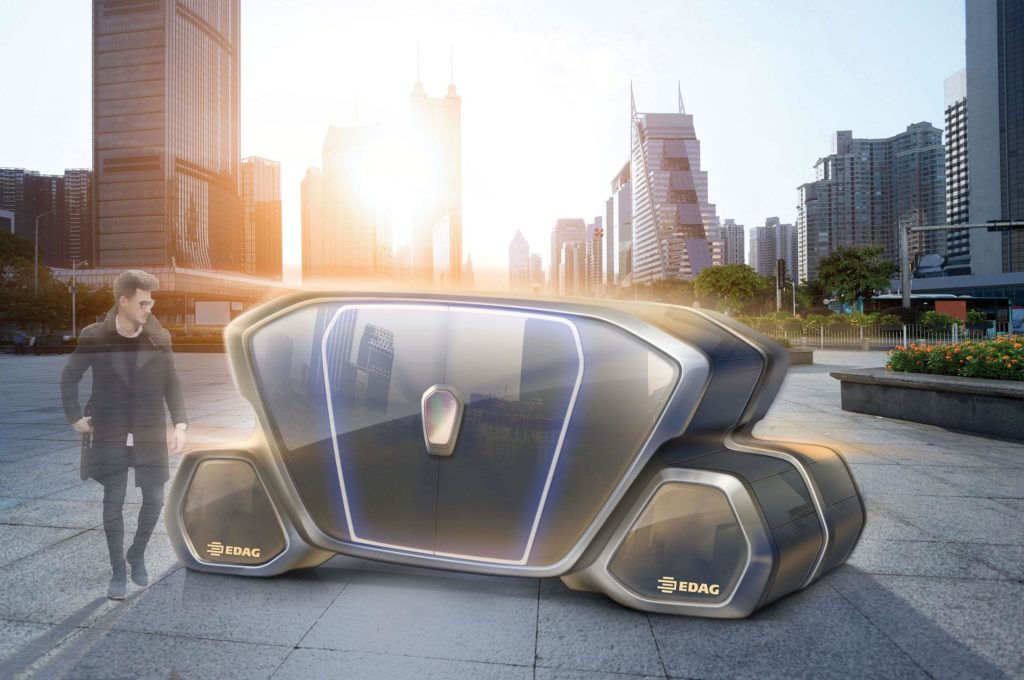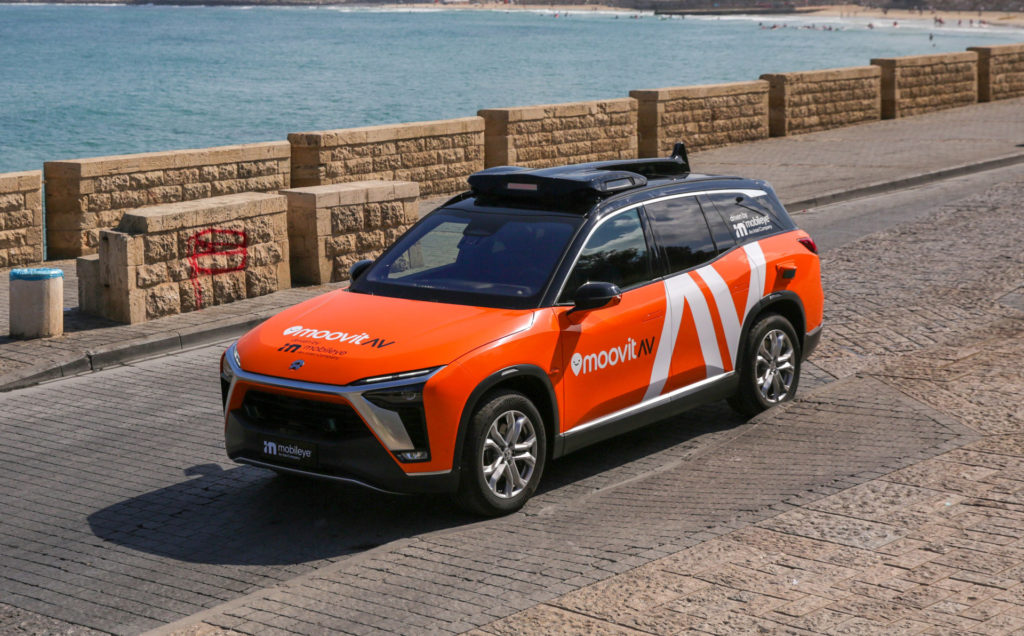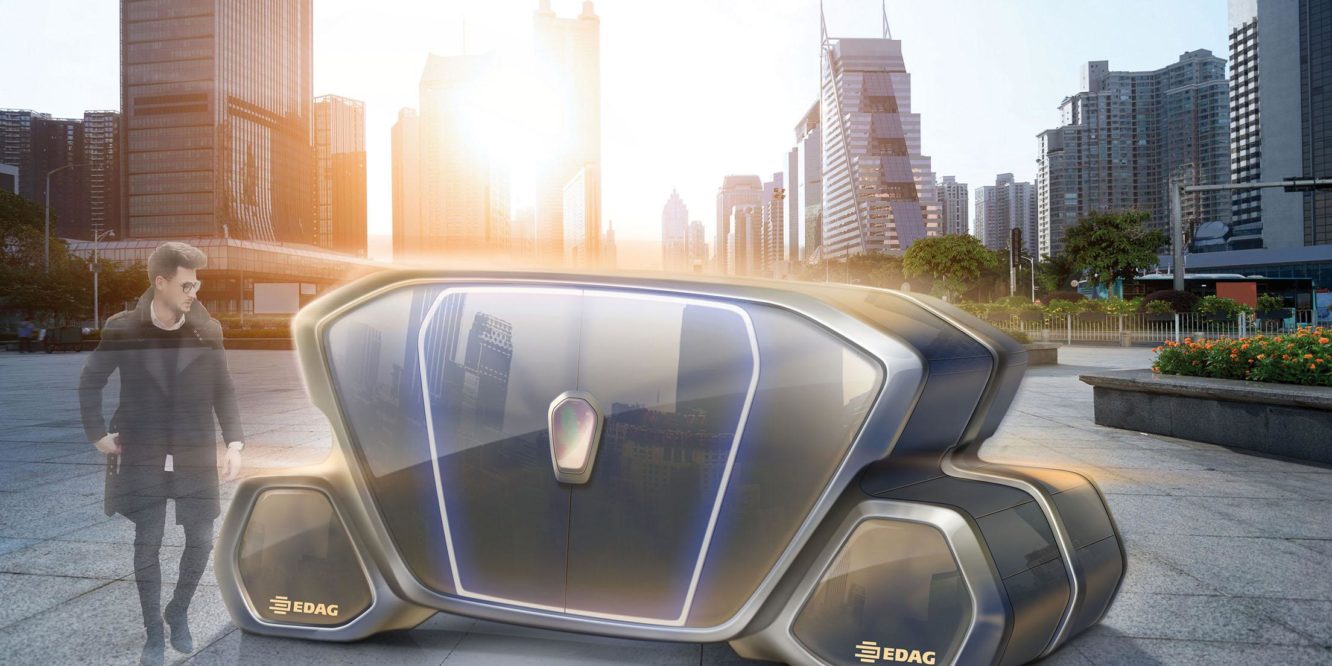
A fleet of robot taxis plans to start a testing phase for autonomous transportation in 2022 in Munich. The robot taxi will begin as a small-scale service, using drivers for safety at the initial phase. Later this decade, the plan is to scale the service across Germany and other European countries.
The project is a partnership between Intel subsidiary Mobileye and rental car giant Sixt SE. They decided by Germany, because of a recently enacted law that permits driverless vehicles on public roads. The vehicles will be equipped with cameras, radar, and lidar – the acronym for ’light detection and ranging’, essentially a sonar that uses pulsed laser waves to map the distance to surrounding objects.
The initiative already has competitors, indicating the promises and expectations behind autonomous driving. In Hamburg, VW plans to create a shared taxi service, with ride-pooling instead of ride-hailing. The taxis will be fitted with automatic driving hardware and software developed by Argo AI, an autonomous driving company based in the US. The testing phase will count on a safety driver to start.
Instead of looking like a car with a futuristic design, robot taxis have the same current design as other taxis. The photo on the cover, for instance, is a model created by #collectivio, a prototype champion of the German Design Award in 2017, planet to be autonomous, electric, and networked. The design won for having reinterpreted the classic coach form to create an iconic vehicle, visually speaking futuristic and neutral: its front and rear are interchangeable – and thus the vehicle can be driven in either direction. The actual robot taxi is way more simple and contemporary.

Concerns are many: of increasing unemployment among taxi drivers; the lack of a plan to reintroduce these workers in the labor market; the impact of driverless taxis in traffic in German cities, with an increase of volume in cars which risk making transportation longer than faster; the risk of environmental problems, which may be caused by energy consumption, even though they consume less energy than our current traditional cars.
In any way, when you arrive at the Munich Central Station you will be able to take a robot taxi to take you on your touristic tour around the city, with no waiting time, or use it for shorter trips serviced with comfort. The technology is impressive and, even though the focus on individual cars in cities like Delhi, or São Paulo, or Rome turns on the alert of messy traffic, we still cannot preview how it will work in cities like Munich, way more regulated and smaller.
However, the first image that popped up in my mind when I read about these robot taxis were those mothers of Malawi, walking long miles with their children, barefooted, to access water. Yes, water! Far away from the touristic perspective of saving 20 minutes to visit a museum in Munich, but raising an interesting question: how can autonomous transportation impact development in areas of hard accessibility?
Naturally, it is far from accessible, but we can start the brainstorming game. It could be used to help people in areas with hard accessibility to natural resources (and maybe not taking people to the resources, but systematizing how to bring the resources to communities). It may improve the quality of life for those who live in areas with high rates of violence. There are neighborhoods in Rio de Janeiro where taxi drivers or delivery services refuse to enter, even when a desperate mother with a sick child urges for help. Sometimes these areas are deprived even of mail service.
Moreover, it is impossible not to think about how safer I will be, for women, who will not have to worry about harassment, as whenever you take a taxi with a male driver. In this sense, autonomous taxis give you the certainty that you will not face a fake path ahead or that you will not receive unauthorized messages after the ride is over. Yes, women pass through this many and many times.
As we see, the future is already here, but we cannot consider only the positive impact of innovation. We must also consider the ‘hidden’ impact of these technologies on privacy, data protection: will you be able to deny the company to register/share information about your destination? How about the impact on inequalities: will they be accessible or limit mobility indirectly for many people? Maybe not in Munich.

